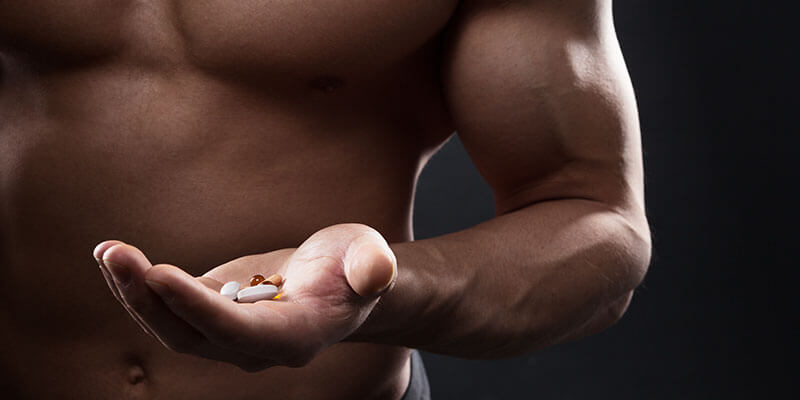One of the most common misconceptions about steroids is that there’s only one type – and that’s the one that famous athletes abuse to give them a physical edge over their opponents.
However, the reality of the situation is that there are actually two different types of clinical steroids: corticosteroids and anabolic steroids. What’s more, they affect the body very differently from one another and should not be confused.
Corticosteroids, for example, are typically used to treat swelling and inflammation and may be prescribed to reduce the symptoms of severe allergies, asthma, or arthritis according to the Mayo Clinic. They are also referred to as glucocorticoids.
Anabolic steroids on the other hand are closely related to the male sex hormones and promote the growth of certain types of muscles. They also spur the progression of male sexual characteristics.
While each type of steroids does in fact have a legitimate medical purpose, anabolic steroids are most typically the type that are frequently abused. So, while there are plenty of side effects associated with corticosteroids, rest assured that taking these drugs long-term won’t lead to the same symptoms of anabolic steroid abuse.


